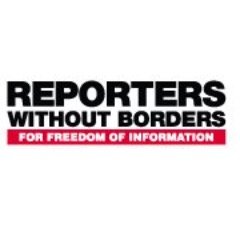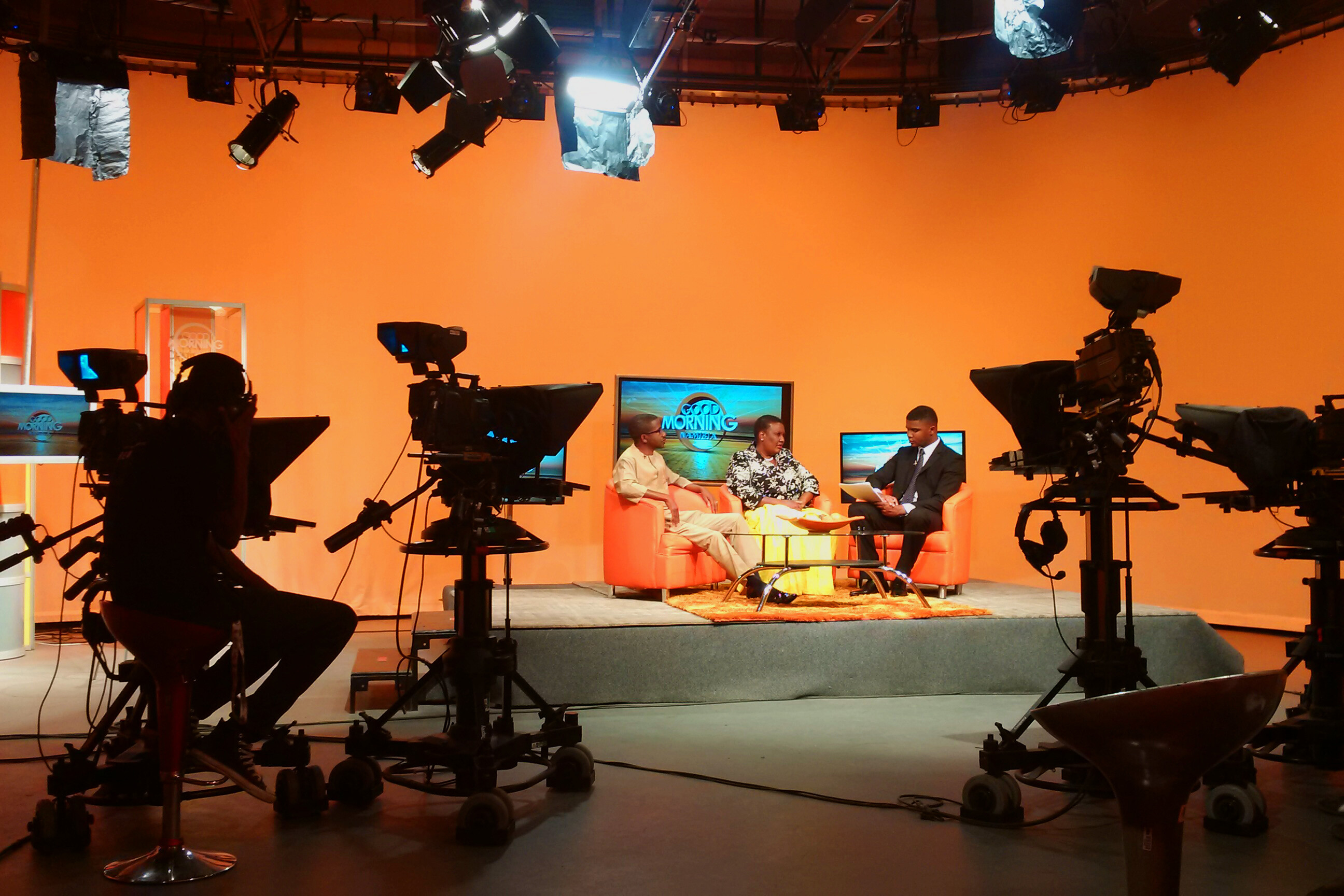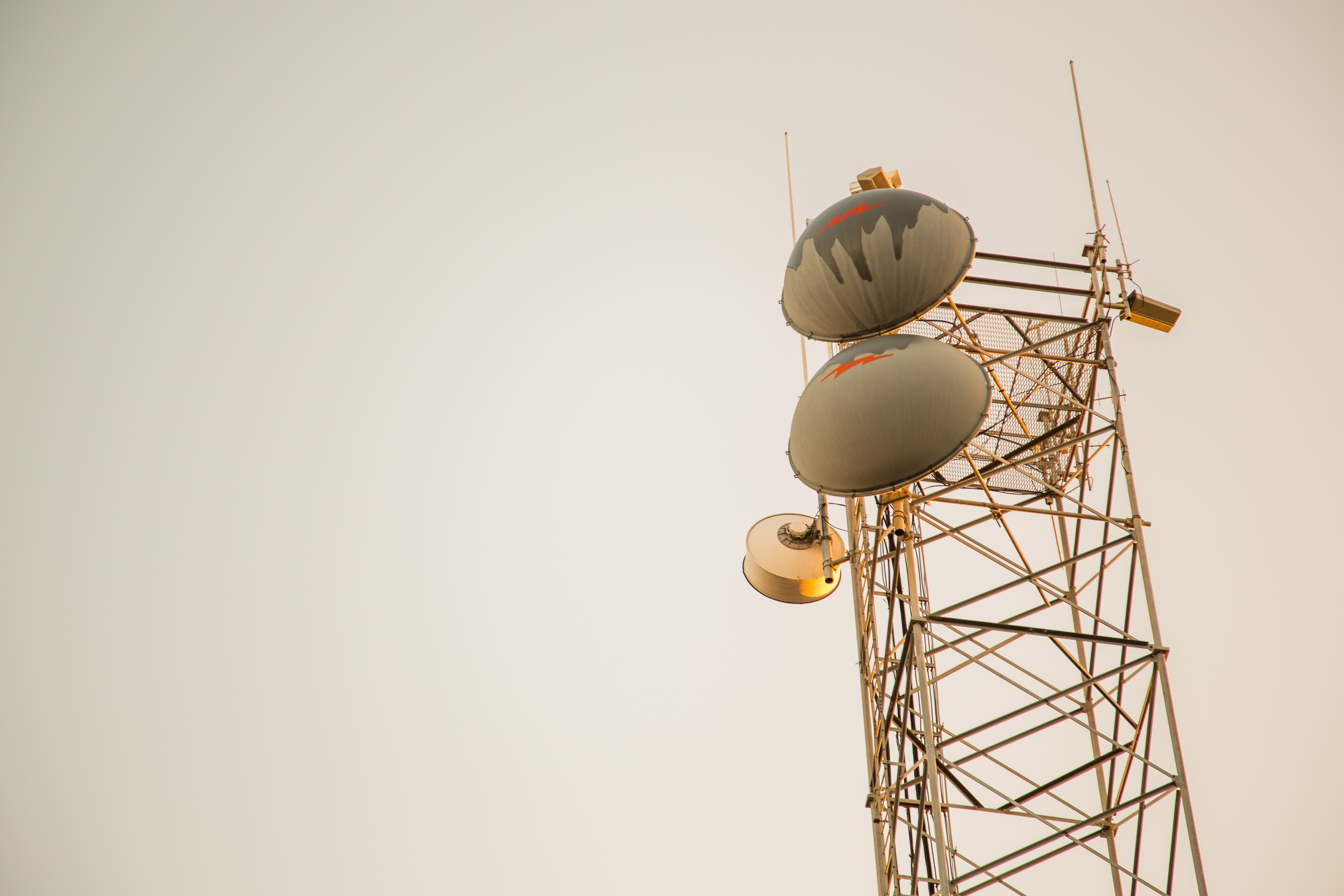With the release of Reporters without Borders’ (RSF) World Press Freedom Index, we take a look at the progress made by some of our member countries.

This year’s Index has revealed a general decline in press freedom worldwide, with RSF’s analyses claiming this to be indicative of a “climate of fear and tension combined with increasing control over newsrooms by governments and private-sector interests”.
The index has been compiled every year since 2002 and is used as a benchmark to advocate for greater pr
ess freedom to governments, NGOs and unilateral organizations. It is compiled from research that analyses pluralism, media independence, legislative frameworks and the safety of journalists in 180 countries.
The slump in press freedom has been particularly noticeable in Latin America where “institutional violence” in Ecuador and Venezuela, corruption in Brazil and organized crime in Honduras all contributed their low positions on the index.
Elsewhere, Japan suffered a significant decline in press freedom, which fell from 61st to 72nd place. This, according to RSF, was due to a rise in self-censorship as a result of 2014’s “law on the protection of specially designated secrets”, which particularly influenced the way journalists reported on Prime Minister Shinzo Abe. More regionally, South Korea also dropped 10 places whilst Hong Kong remained at 69th despite continued challenges to media independence.
Africa experienced significant declines, mainly as a result of terrorism, conflict and “election crises”. South Sudan fell 15 places whilst Burundi dropped 11 places to 156th thanks to the destruction of independent media outlets as a result of fallout from President Pierre Nkurunziza’s determination to hold on to power.
The lowest rankings continued to be dominated by China, North Korea and Syria, whilst Eritrea kept hold of its position as the worst country for press freedom.
Breaking the trend?
Yet despite the downward trend there are some glowing examples of countries with progressive and improving media landscapes, including those in PMA member countries.
Whilst PMA member countries with larger or more established media systems maintained their relatively high positions in the rankings – such as Australia (25th), South Africa (39th) and New Zealand (5th) – there were others with less developed media systems that stood out for their high position.
At 10th place, Jamaica was commended by RSF for its respect of freedom of information and the decriminalization of defamation laws passed in 2013. Namibia also maintained its position at 17th due to relative freedom experienced by journalists online. Ghana, on the other hand remained in the top 30 but fell four places to 26th due, in part, to a reported rise in the number of attacks against journalists.
In the Pacific, substantial gains were made by Tonga, which rose seven places thanks to the improving “watchdog” role of independent media outlets in criticizing their government – an essential role for journalists in the newly fledged democracy. However, it is worth noting that since the completion of RSF’s research there have been growing concerns about government interference in certain Tongan media organisations, as reported by Radio New Zealand and Asia Pacific Report.
Yet Sri Lanka has made one of the most significant gains, rising 24 places to 141st. Even though the country has only recently showed improvement since the end of its catastrophic civil war and despite remaining incredibly low on the RSF Index, its rise has been associated with the new government’s assurance to provide greater freedom for online reporters and government critics as well as a reduction in the harassment of Tamil media workers.
Outside of our membership, Scandinavian countries dominated the top ten. Finland remained in first place (for the fifth year in a row) whilst Costa Rica rose ten places to 6th, making it a relative beacon for press freedom in Central America.
Caution
The RSF Index offers an excellent overview of press freedom globally and provides a fantastic tool through which to broadly compare different regions. However, care must be taken to study the individual country reports and dissect what elements or type of media have been considered most or least free comparatively.
Even so, despite the progress made by some countries on the RSF Press Freedom Index, there is much to be done to improve press freedom and halt the global decline highlighted by this report.
[bs_button size=”md” type=”info” value=”Full Index” href=”http://rsf.org/ranking#”]
By Kristian Porter

